Few destinations leave me as gobsmacked as Mozambique—and that’s probably because I went in with no expectations aside from the usual “good food, warm hospitality, and crystal blue waters” expectations. Admittedly, Mozambique was an add-on for our recent safari travels. We were already going to Kruger National Park in South Africa, and given that there was dreary November weather back home, we wanted to pair the bucket-list safari experience with some waterfront leisure nearby.
After an immersive, honeymoon-caliber week on the country’s coastline, I can now confirm that you should have high expectations for Mozambique. This is no add-on. Mozambique is the destination, on par with that once-in-a-lifetime safari we took the week after. As it turns out, we could’ve also safaried right in Mozambique.
For many travelers, Mozambique may have never registered as a likely destination, mainly because of the distance you need to cover just to get there. But this is exactly why Mozambique vacations feel more earned than a trip to, say, the Bahamas, Cabo, or even European beaches. Best of all, a visit to Mozambique promises to immerse you in local culture, much of it aligned to the sea itself. Even if you want a quiet island getaway, you’ll get to meet the residents, explore land and sea with local guides, and feel like honored guests in their world. Plus, if you’re like us, and you’re already heading to Cape Town or Kruger National Park, you’re a stone’s throw from arguably the best beaches and aquatic recreation in the entire continent.
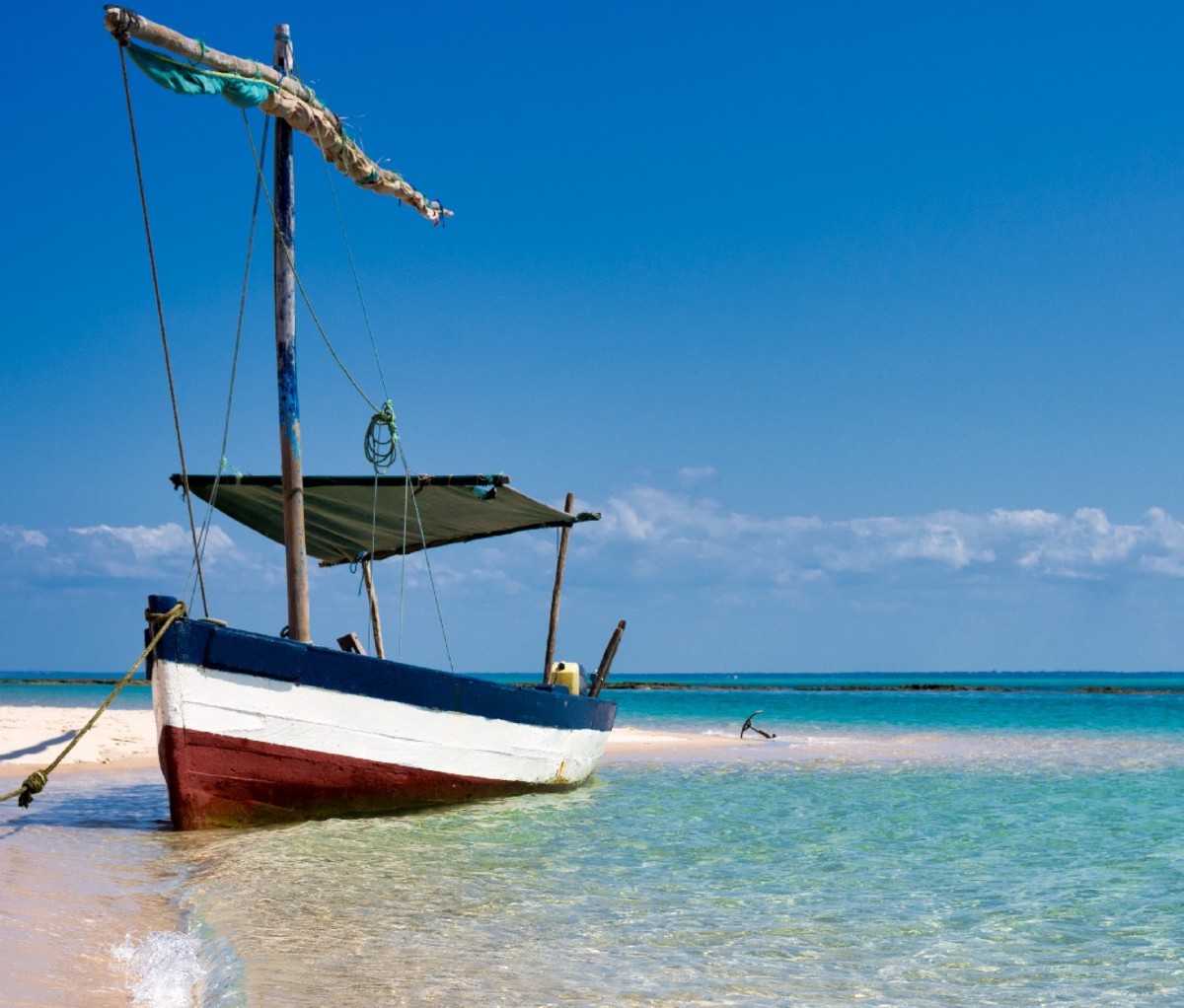
Planning a Trip to Mozambique
Visiting Mozambique requires a bit more preparation than other places. For one, Americans and many others need to secure a visa. It’s easily done with proof of entry/exit flights, hotel reservations, and letters from your hotels confirming the stay. Coordinate this through your nearest embassy or consulate. It takes 10 business days to approve, but do it at least six weeks ahead of your trip to be sure. As such, you’ve got to have those flights and hotels booked well in advance. On the health front, add a malaria prescription from your doctor to take daily while there, and the week prior. The risk is low, but present.
Mozambique’s more limited tourism infrastructure compared to other vacation spots means that this isn’t a “show up and wing it” kind of destination. For instance, you can’t just rent any car and drive to the best beaches. If you insist on forging your own way, you’ll need to rent a 4×4 (remember to drive on the left side of the road) and risk encountering a cop or two ready and waiting with some obscure, bribe-able reason to pull you over. Don’t let any of this deter you from coming. There is framework for tourists like us. You just need to have a sound itinerary up front, and let the professionals do the driving, talking, coordinating for smoother sailing.
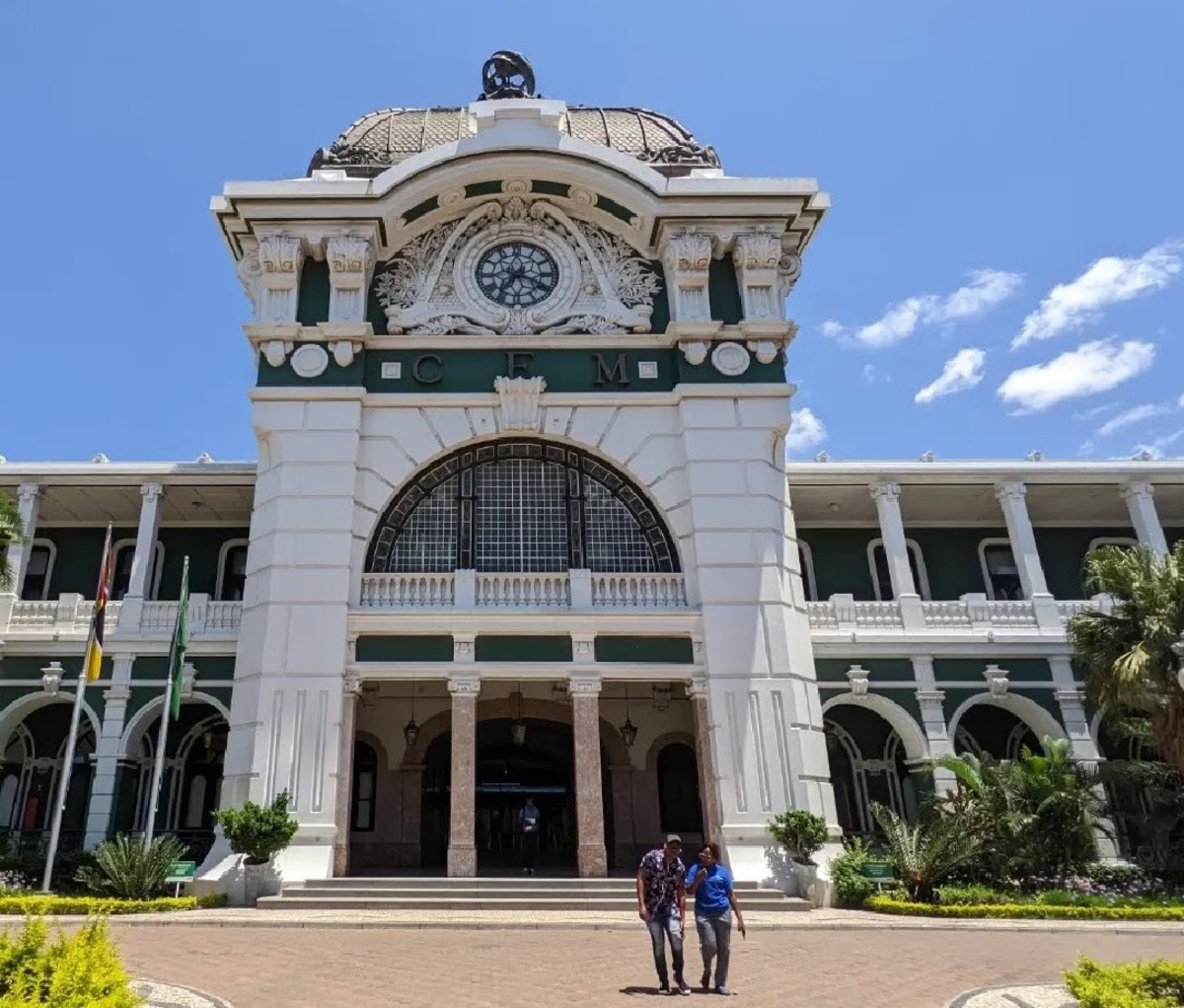
Most core destinations within the country are a short flight away—all connecting through capital city Maputo. Crime overall in Mozambique is extremely low in the places you’re likely to visit—which will veer toward the southern half of the country as the northern third is currently under an “increased caution” advisory from the Department of State due to ISIS presence in the Cabo Delgado Province. While this warning does quarantine some of the country’s famous beaches and islands, the southern destinations are perfectly safe and inviting to visit.
Tour Operators in and Around Mozambique
Many of the best immersive experiences you’re likely to have in Mozambique go through Dana Tours, based out of the capital, Maputo. The company, which operates nationwide, will put out any and all fires before they begin with their fleet of drivers, guides, and tour organizers who’ll handle all the logistics and ensure a stress-free experience. Dana Tours is basically at the helm of Mozambique’s entire tourism infrastructure right now, and most of the activities below can be booked through them—from diving and sailing to food tours and birding.
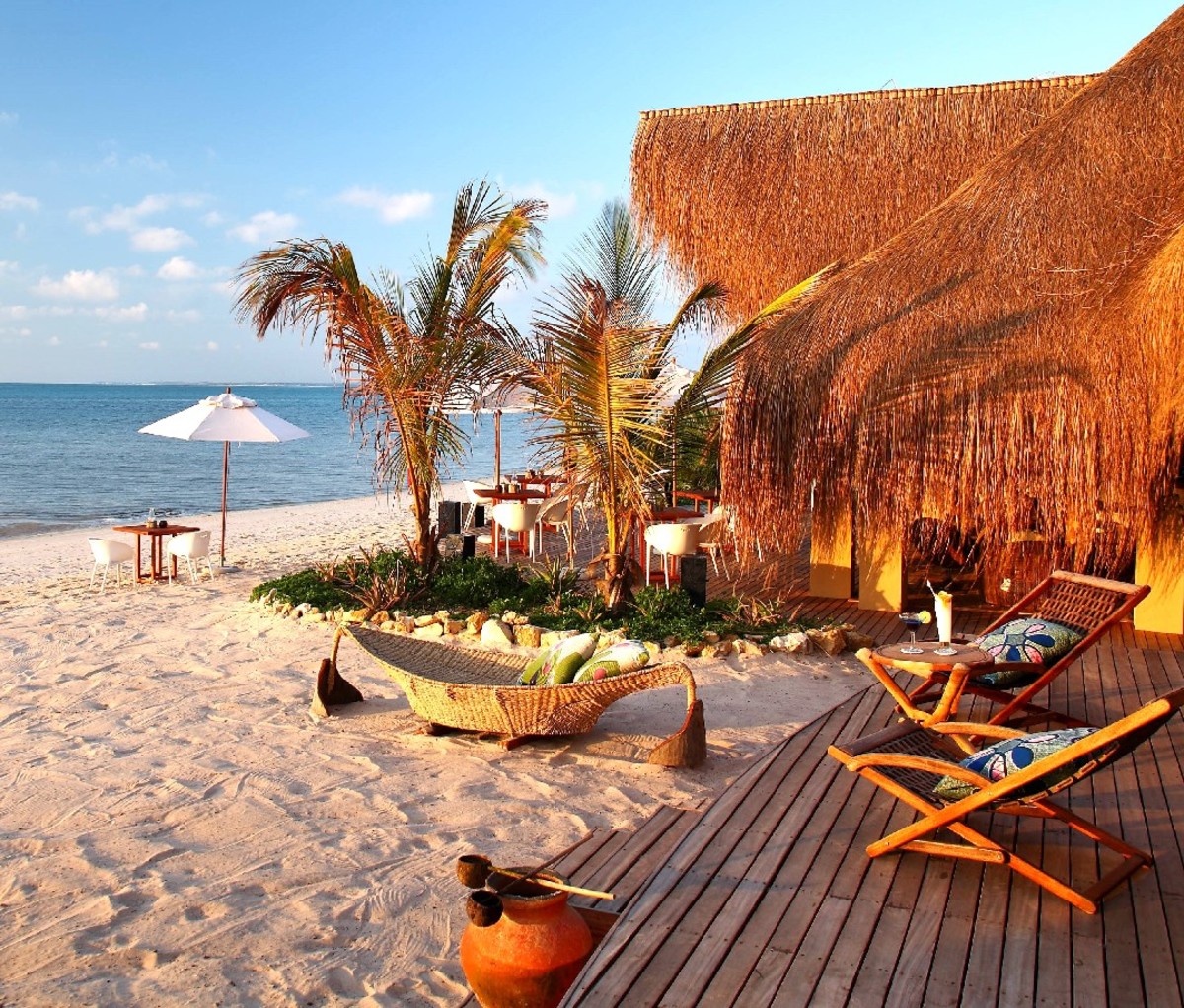
For a high-end option, visitors can also arrange package itineraries with Black Tomato, which offers luxury “bespoke” tours in countries around the world, including Mozambique. Be it a honeymoon, bucket-list trip, or family endeavor, you can hop over from a luxury safari with Black Tomato, which offers Mozambique itineraries that can be paired with destinations across South Africa, Botswana, and Victoria Falls in Zambia.
We arranged our luxury safari leg with Royal Malewane in Greater Kruger, South Africa. From there, we flew an hour east into Vilanculos on the Indian Ocean coast, followed by a short helicopter hop to Benguerra Island for a honeymoon-caliber stay with Azura Benguerra. As for Azura, think beautiful villas with private plunge pools on the beach, secluded romantic meals on the sprawling sands, spa treatments and massages, island hopping and dhow sailboat cruising with local experts as your guides.

Here you can eat freshly caught seafood, go on island drives in 4x4s, and enjoy a bucket list-worthy menu of recreational options—from scuba diving to snorkeling, fishing to spotting whales or dugongs (endangered sea cows). Black Tomato handled all of our logistics up front—and we built our daily itinerary with Azura onsite.
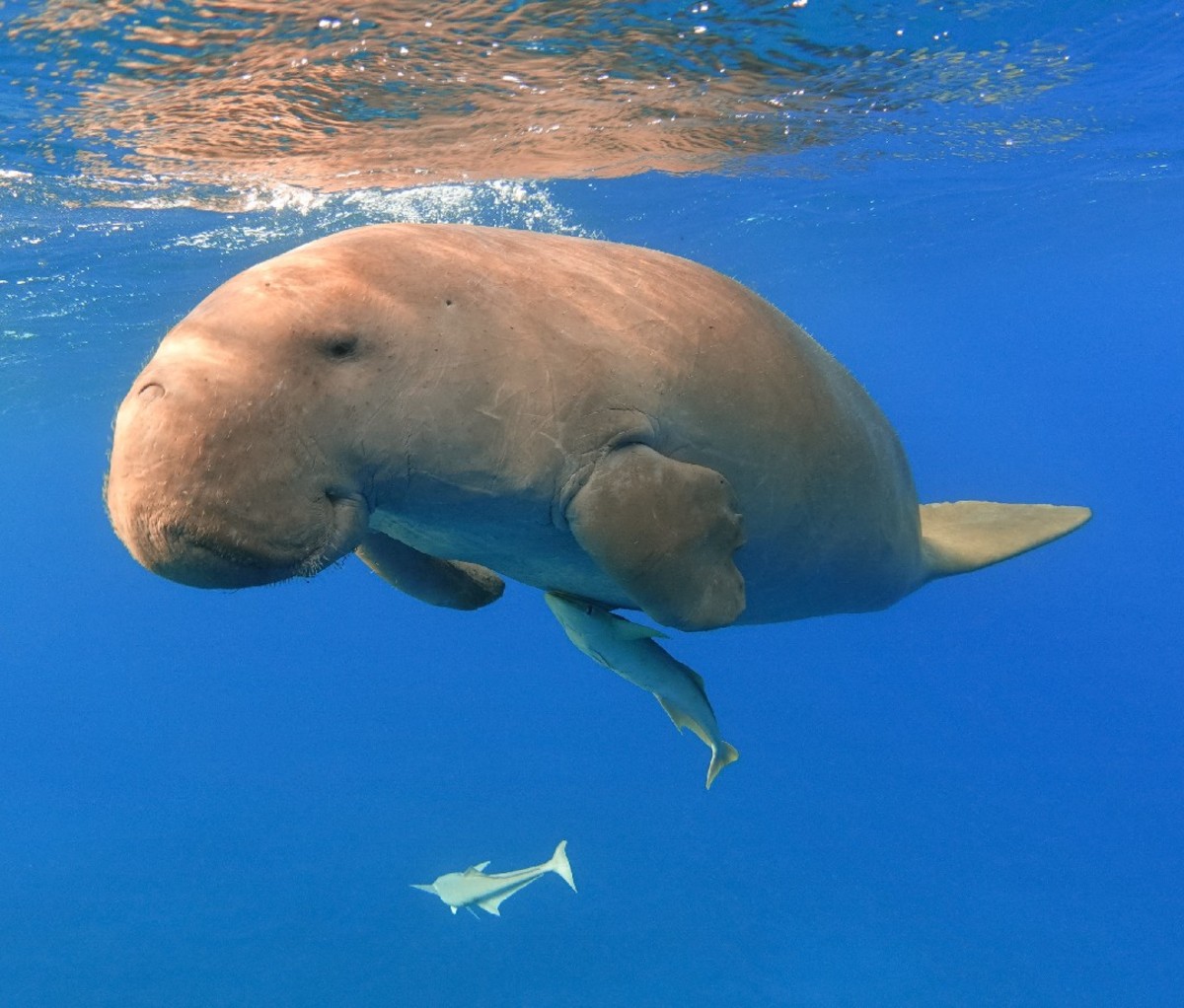
What to Do in Mozambique
For your visit to Mozambique, build an itinerary from the following activities:
Aquatic Recreation: Mozambique is a huge draw for a surprisingly broad selection of water activities: Surfing, free diving, scuba diving, snorkeling, fishing (including blue marlin and giant black marlin), dhow boat sailing, ocean safaris, whale watching, dugong spotting, kitesurfing, windsurfing, kayaking and canoeing are all on the exotic aquatic menu here.
Beach and Island Hopping: Mozambique’s best strips of sand include Ponta do Ouro at the southern border with South Africa—where you might spot turtles hatching and whales migrating. Ponta Mamoli, just north in the Maputo Game Reserve, is another favorite beach. The sprawling Tofo Beach near Inhambane is especially popular with surfers, as well as Vilanculos and its surrounding islands and archipelagos. Benguerra Island is a favorite for resorts, while the sandstrip Bazaruto is every beachy screensaver come to life. Those last two are easy to fly to from Maputo or Johannesburg while the first two are best accessed by 4x4s from Maputo.
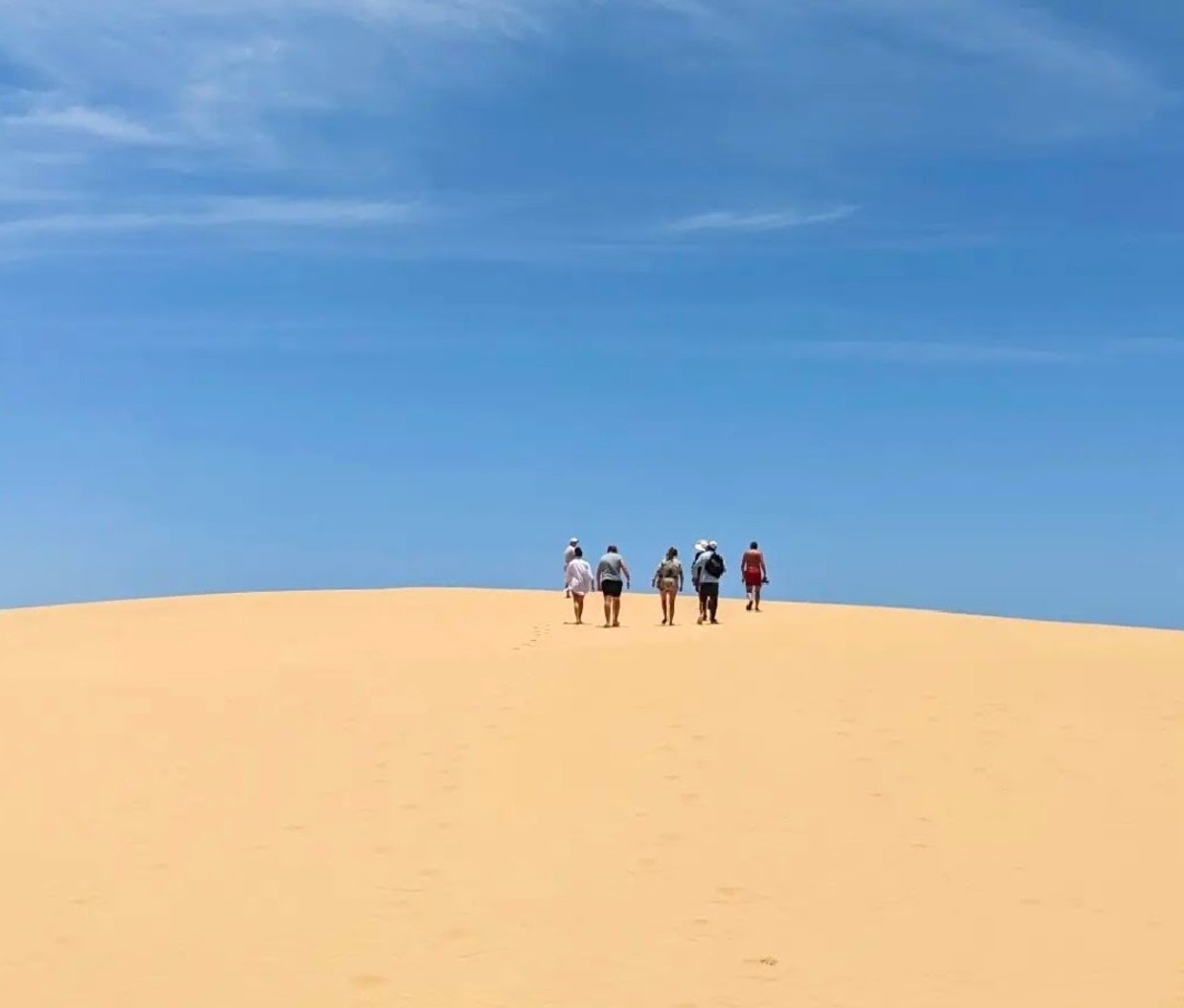
Maputo Food and History: Since Maputo is likely your port of entry and exit in Mozambique, give yourself a full day or two to experience it with Dana Tours. We took Dana’s food + history tour through town, which showcased everything from the spicy piri-piri chicken on the city beach to sauce-soaked splendor in Parque dos Continuadores, where local artisans sell their goods. It stops by the city’s charming railway station (tapped by Time as one of the most beautiful in the world) and rolls through the bustling central market. Our favorite staples—piri piri aside—included badjia bean dumplings, green matapa stew poured over coconut rice, and same-day-caught seafood.
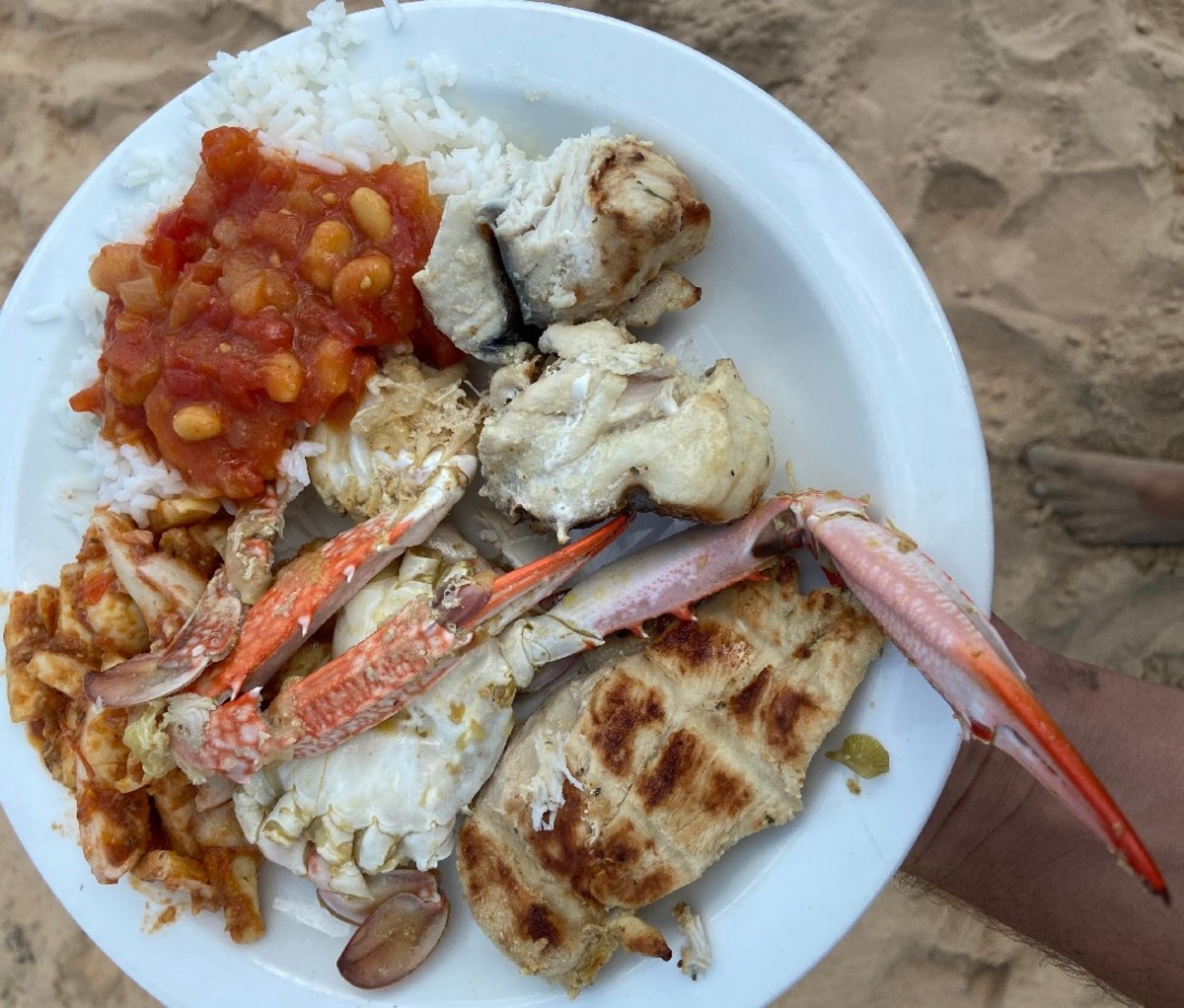
We also booked a walking tour of Mafalala—a neighborhood housing 25,000 residents in just a single square kilometer—which has produced two presidents since Mozambique’s 1975 independence, as well as numerous notable poets, writers, and artists. Mafalala is famously where Portuguese colonialists forced Black residents to move in 1977, allowing only tin-sided houses without proper foundations or plumbing. The neighborhood stands to this day, and tours led by the new Museu Mafalala provide a local’s matter-of-fact perspective on things.
Off the assurance of our tour planner, this tour felt a lot less “outsider looking in” than I had worried it might. Rather, it seemed emblematic of the Mozambican natives’ push through post-colonialism—and a lesson in living history. Let a donation to the museum be your imprint.
In Maputo, make Southern Sun Maputo your homestead. The 5-star beachfront hotel has an international pulse, but a true Maputan aesthetic with its mosaic floors and vaulted ceilings. Aside from the palm-tree lined pool and Mozambican hospitality, we slept like babies with the sound of the ocean lulling us to bed and steadily waking us up. Catching a breathtaking sunrise from the balcony here is worth rising early for.
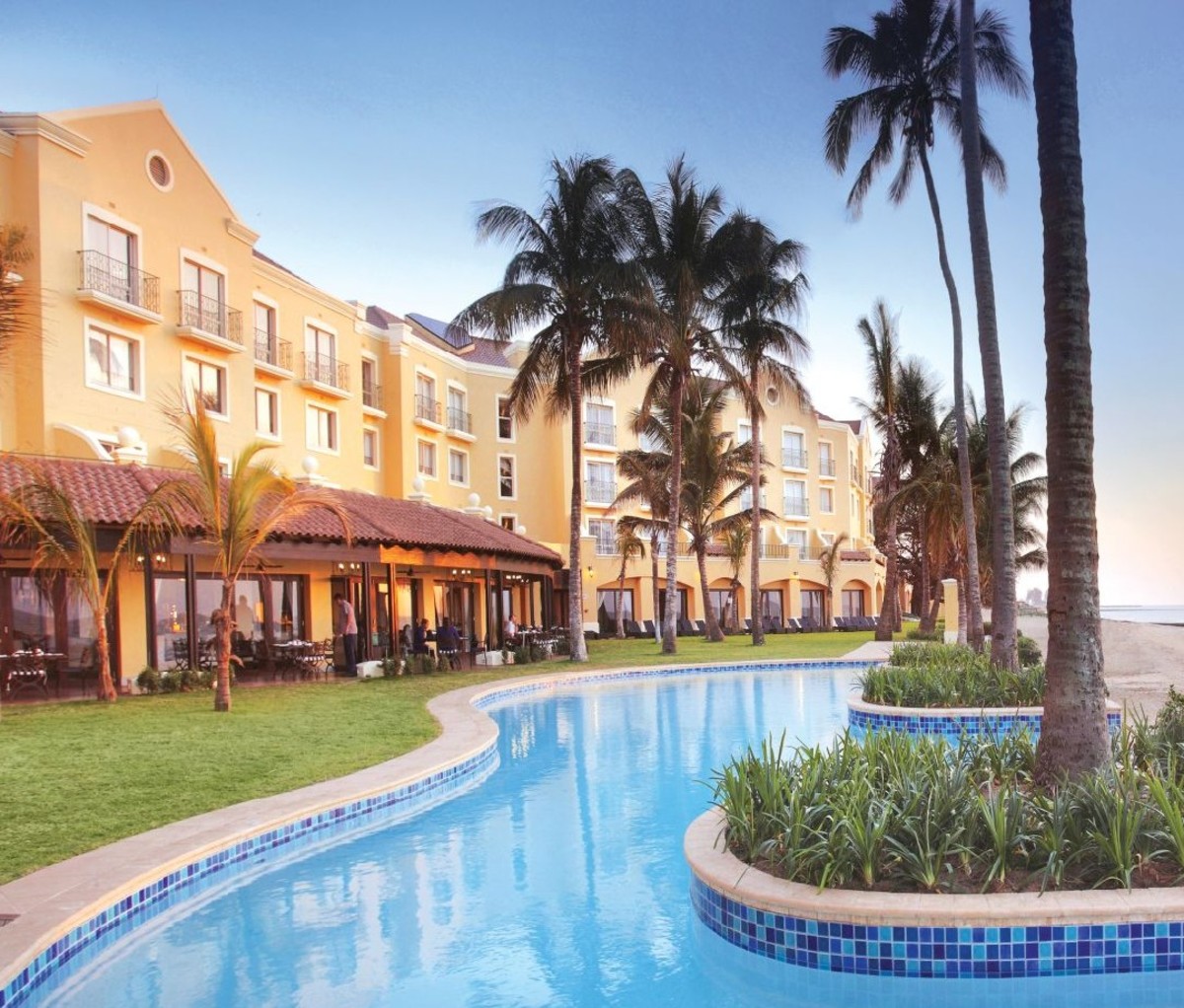
Wildlife Reserves and Gorongosa National Park: After a 25-year civil war from 1977-1992 took a massive toll on its natural habitats, Mozambique is steadily repopulating its wildlife. Each year, record numbers of animals are documented across Gorongosa National Park’s 12,000 square kilometers. The park is on track to become a core safari destination for Africa, meaning you won’t necessarily have to hop into neighboring South Africa, Zimbabwe, or Zambia to round out your bucket list game park experiences. You can already plan a safari through Gorongosa with a reservation, and plan to see lions, elephants, hyenas and everything in between.
You can also take a drive through any of the country’s conservation reserves, which cover nearly 13 percent of Mozambican land (including Gorongosa). The most readily accessible may be Maputo Special Reserve, located to the south of the city and extending towards the southern border with South Africa. You can camp or find a hotel in the reserve. While passing through, keep an eye out for elephants, crocodiles, nyala, kudu, monkeys, and more.

Birding: I was surprised to have met a half dozen “birders” throughout our stay in Mozambique, who chose the country as a prime destination for logging unusual avian sightings. Check out Mozambican birding guides if this suits your fancy—or if you want an introduction to the possible sightings in any region you’ll visit.
from Men's Journal https://ift.tt/qoniCIe



No comments:
Post a Comment